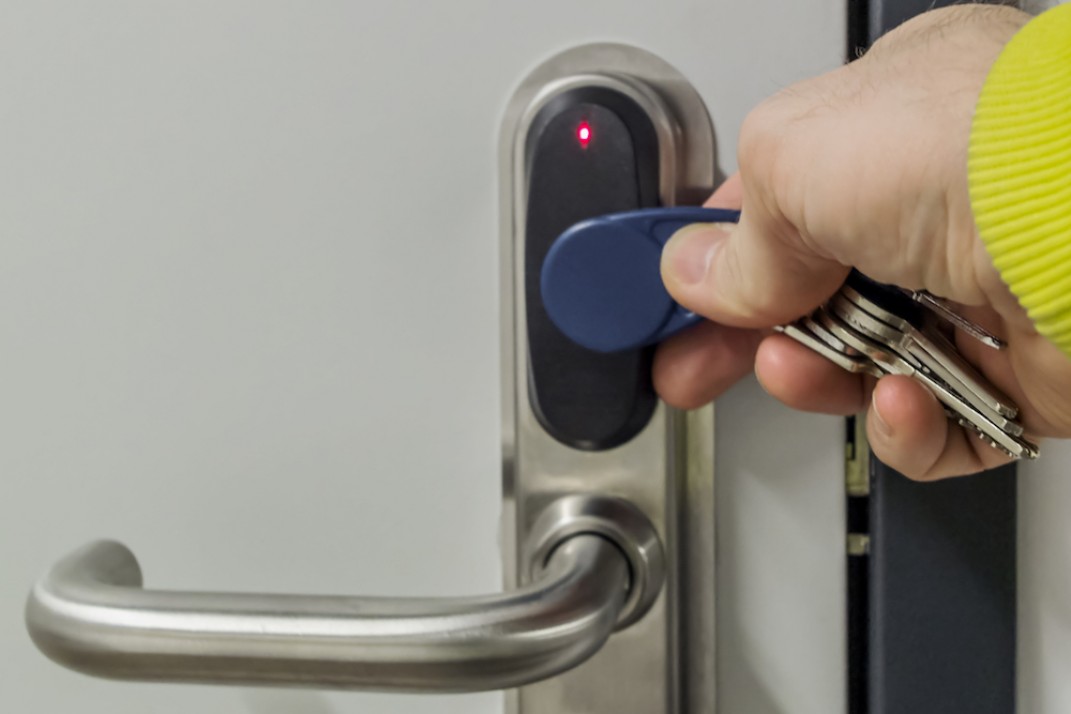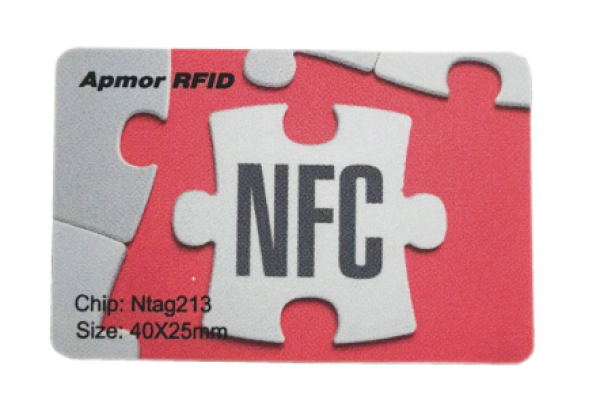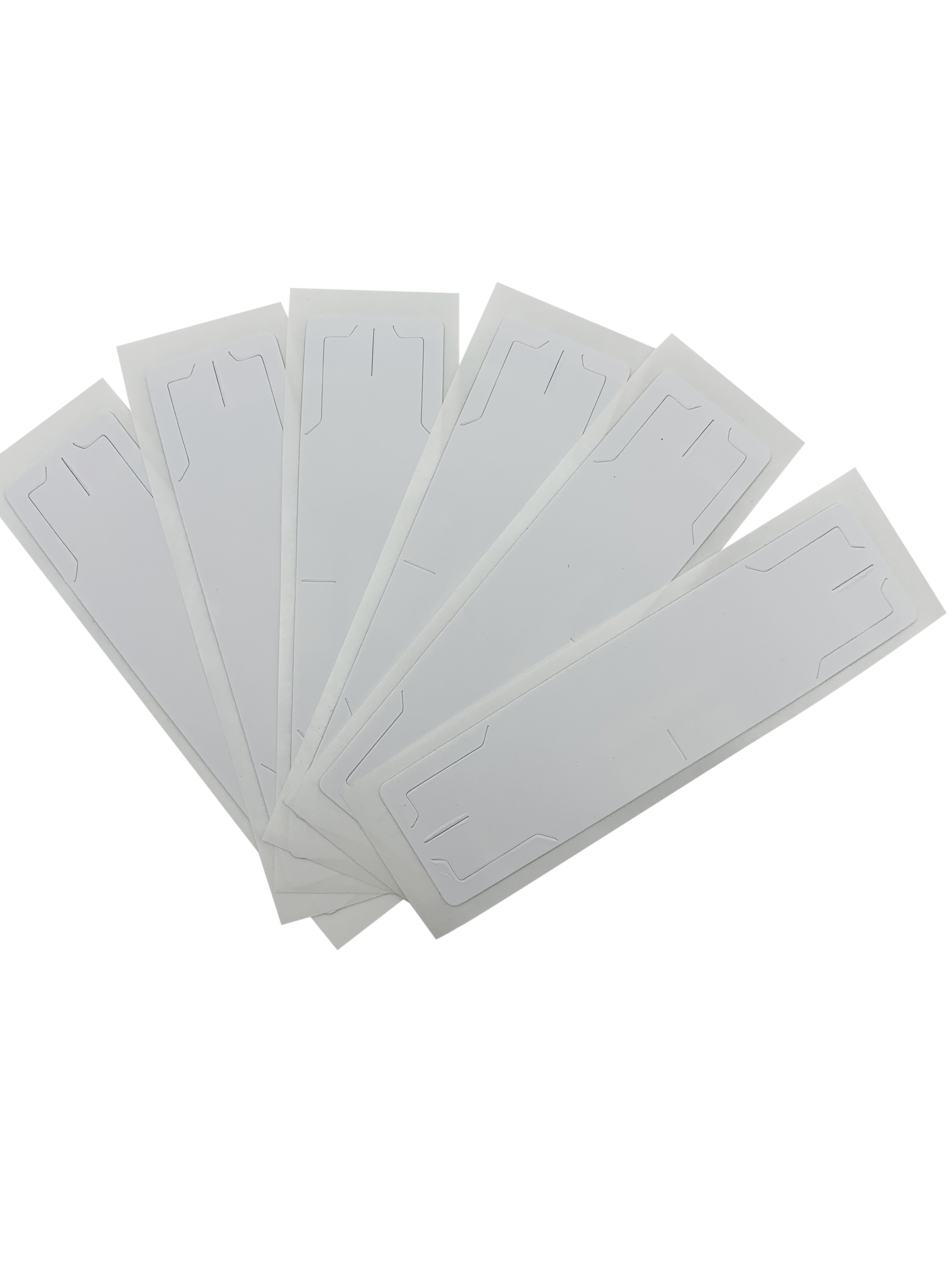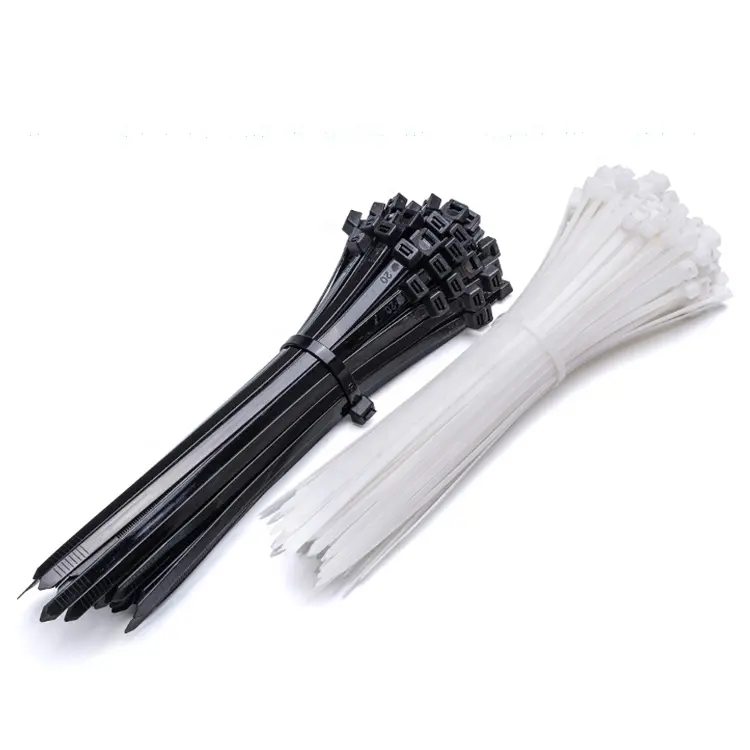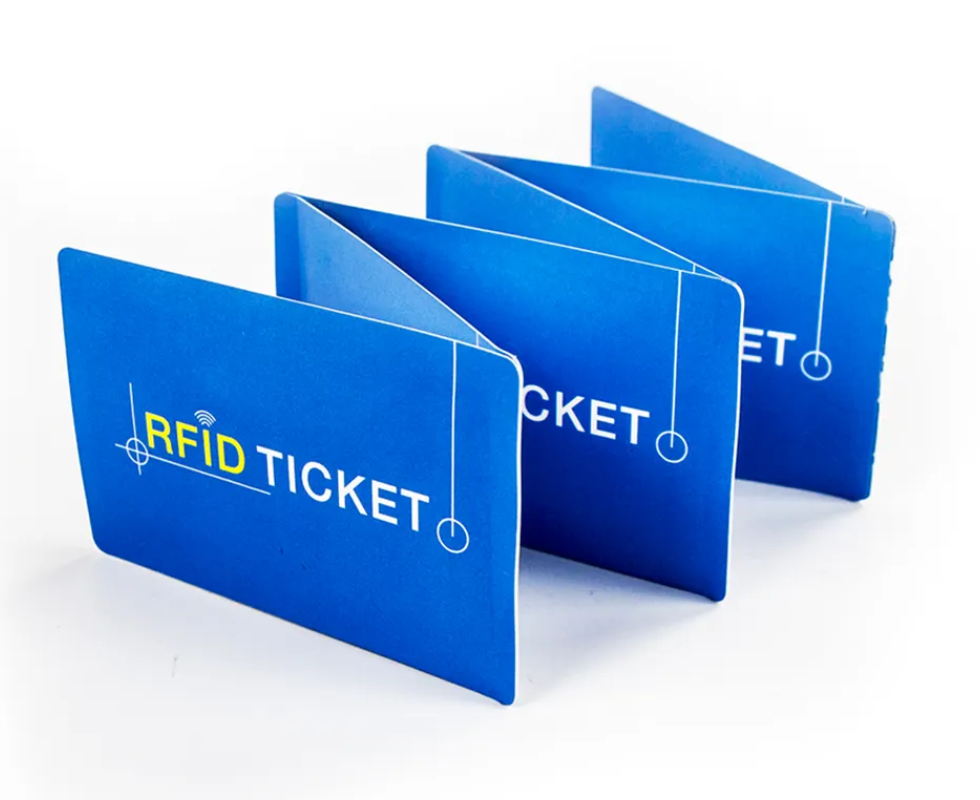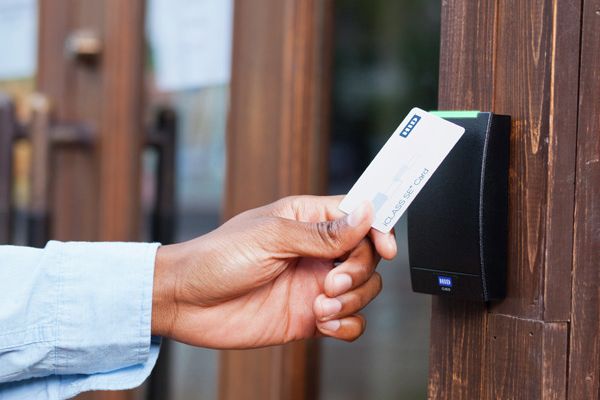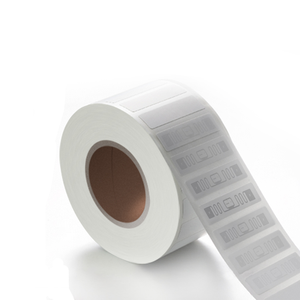What is an RFID access control system?
An RFID access control system is a type of key card or key fob system that uses RFID technology to verify a resident’s credentials.
RFID stands for Radio Frequency Identification. At its core, RFID enables wireless communication between a reader and an RFID tag.
When RFID was invented in the 70s, RFID tags were costly and bulky. However, advances in technology mean that today’s RFID tags are tiny and inexpensive. Many industries have found countless uses for RFID technology, from shipping to library cataloging and now, access control.
RFID technology as applied to access control can be found across a variety of buildings. RFID access systems are used in residential apartments and industrial facilities, and commercial RFID door lock systems for office complexes are popular as well.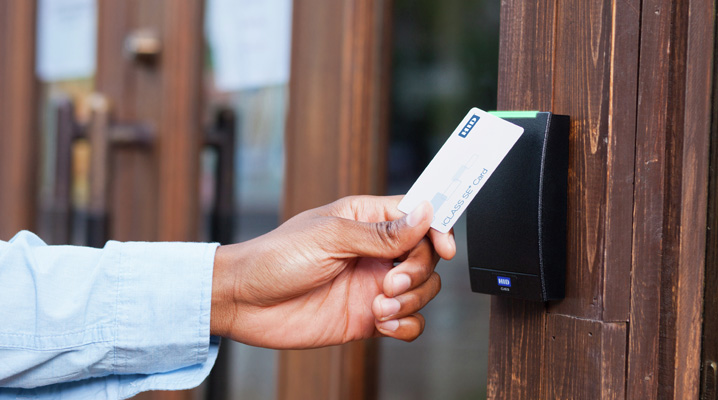
Components of RFID access control systems
RFID access control systems have four parts:
1.RFID tag. An RFID tag is installed in a door key card or gate fob, which residents use to gain access to the building.
2.RFID reader. RFID readers are installed near the door to which they manage access. They contain antennas, which receive data transmitted by RFID tags. Depending on whether the RFID system is active or passive, it may also emit an electromagnetic field that powers the RFID tag.
3.Control panel. The control panel is a computer server that reads and interprets the data passed along by the RFID reader.
4.Electric door release mechanism. If the control panel verifies a resident’s credentials, it sends instructions to the building’s electric door strike. These instructions unlock the door and allow the resident to enter.
How does an RFID access control system work?
RFID access control uses a system of tags, readers, and computer servers to allow door access to preregistered residents who present the correct credentials. This system works similarly to NFC access control; the biggest difference is that RFID works with devices farther in range.
To use an RFID system, residents hold their credentials — usually a key fob or card — up to the reader. The system uses one of several radio frequencies to establish a connection between the reader and tags.
Low-frequency RFID systems are more expensive but can establish a connection between a reader and a tag from across greater distances. RFID gate openers, for example, use low-frequency RFID to power long-range readers that are suited for gate access control.
High-frequency systems are also a popular choice for RFID access control because they’re cheaper. However, they only activate up close and are better for indoor use.
